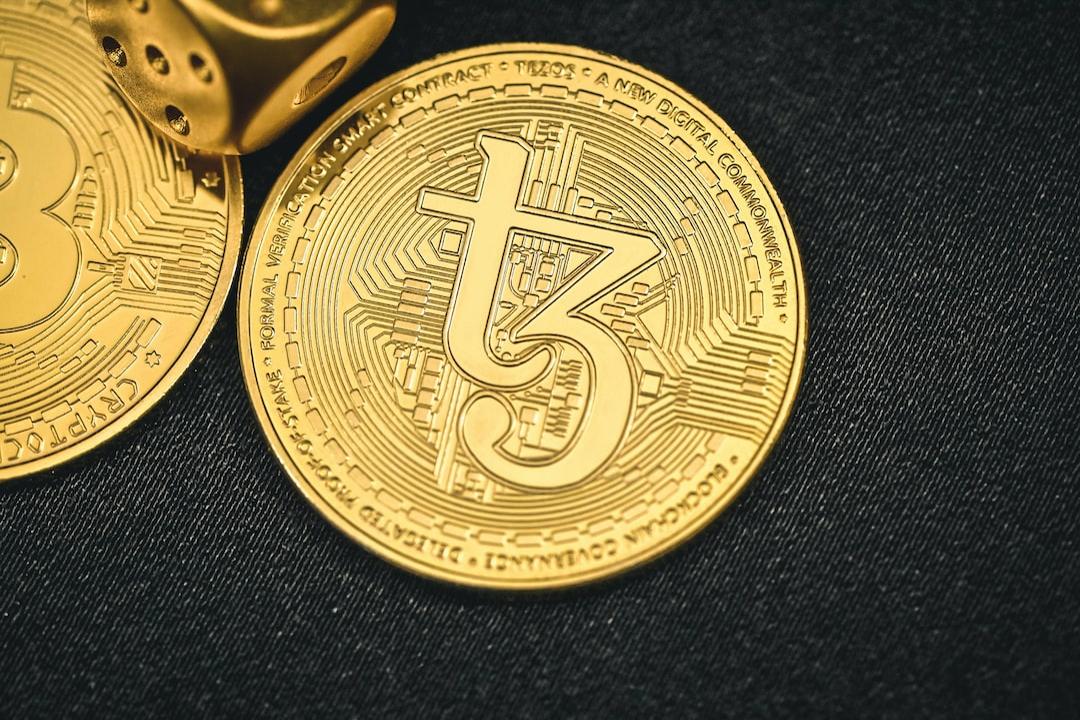Decentralized Autonomous Organizations (DAOs) have been inactive due to limitations in attention within the crypto space. However, DAOs managed by AI agents networks, which represent the interests of DAO voters, will change the game. These AI agents can analyze proposals, allocate resources, and execute strategies at a speed and scale beyond human capabilities, while adhering to the core principles and goals set by their human creators.

AI agents and cryptocurrencies are not just a perfect combination; they are two technologies that need each other. AI agents require programmable currencies to operate autonomously in the digital economy. Cryptocurrencies need AI to improve user experience and fulfill their promise of a financial revolution for everyone.
With the development of this synergy, we may see core blockchain infrastructures such as Solana, Ethereum, Near, and Arbitrum become major beneficiaries of this new AI-driven economy. They are preparing to achieve this goal by facilitating decentralized applications that enable smart agent transactions, interaction with custodial agents, and providing a secure and transparent environment for coordinating among agents. As agent activity increases, these networks may see an increase in transaction volume, demand for their native tokens, and enhanced network effects. This is not just about technical compatibility—it is about creating a new economic paradigm where AI and cryptocurrencies work together to make finance more efficient, accessible, and even a bit sci-fi.
Cryptographic technology empowers current AI
By Ally Zach, Research Engineer at Pantera Capital
Imagine being on the verge of a breakthrough, only to find that the tools you need are out of reach. Innovation often feels like this—a journey of breakthrough highs and challenging lows. Take the automotive industry, for example, where the quest for more efficient engines hit a dead end. Engineers were eager to push the limits, but the materials they needed didn’t exist yet. Progress stalled until new alloys and composites reignited the engine of innovation. Similarly, new technologies like cryptography may unlock untapped potential for AI.
The development of AI has been incremental over the years, following a slow-then-rapid growth trajectory akin to an S-curve. In 2017, we made a crucial breakthrough with the advent of Transformer-based architectures, as outlined in the influential paper “Attention is All You Need.” These Transformers revolutionized the processing of sequential data in models, enabling efficient training on large datasets. This sparked the rapid development of powerful new language models and generative AI models.
While AI has made progress, overcoming major bottlenecks in data, computation, and model generation is necessary for the next leap forward.
Combining AI with blockchain technology can help decentralize resources and democratize access, making innovation open to global contributors.
Data
Data is the lifeblood of AI and the fuel that drives its accuracy and reliability. High-quality, representative data is crucial for building effective models, but obtaining this data is challenging due to privacy concerns, restricted access, and inherent biases. Additionally, users are increasingly unwilling to share personal information, making data collection resource-intensive and often hindered by trust issues.
Blockchain technology offers a promising solution by introducing decentralized, secure, and transparent methods of data aggregation. Platforms like Sahara align with our long-term vision of advancing decentralized infrastructure for AI by enabling individuals to contribute and monetize their data while retaining control. Furthermore, token economies incentivize high-quality contributions by appropriately rewarding users. This approach helps address privacy concerns by empowering users to own and control their data. It democratizes data access, enabling small enterprises that previously lacked resources to compete with tech giants. By incentivizing data sharing in a secure manner, blockchain-based platforms turn data into a commodity, enriching the available data pool and potentially yielding more robust and fair AI models.
However, while innovative, blockchain-based data aggregation is not a standalone solution to AI development. If used in isolation, practical challenges such as scalability, data quality assurance, and integration complexity limit its effectiveness. Large tech companies still hold a significant advantage over decentralized platforms due to their vast datasets and mature infrastructure.
Therefore, solutions including blockchain-based ones introduce new avenues for data collection and collaboration as complements rather than substitutes for traditional approaches. The synergy between decentralized efforts and established tech leaders can foster partnerships that leverage the strengths of both sides, promoting innovation and inclusivity in AI development.
Computation
The rising costs and scarcity of GPUs present significant barriers for AI development among small enterprises. Since the outbreak of the pandemic, GPU prices have been continuously rising due to high demand and supply chain issues, leading to larger enterprises increasingly monopolizing the use of essential hardware. This restricts innovation as many startups and researchers need assistance in affording the tools for advanced model training. It reduces the diversity of AI research and slows progress for smaller institutions.
However, crypto has the potential to create a fair competitive environment by commoditizing computing power. Platforms like Exo and io.net are democratizing GPU access through decentralized marketplaces, where anyone can access or lend computing resources. Individuals with idle computing power can offer it on the network and receive rewards in return. The commoditization of high-performance computing enables a broader range of innovators to participate in AI development, breaking down barriers that once restricted access to advanced tools.
In the future, as GPU supply increases, decentralized computing markets may directly compete with traditional cloud services. These platforms lower barriers to access and provide cost-effective alternatives, enabling wider participation in the AI ecosystem. However, ensuring users have reliable computing power remains a challenge. Establishing GPU standards and maintaining consistent, secure resources is crucial for building trust and preventing fraud. While decentralized solutions may not replace traditional services, they can offer competitive alternatives where flexibility and cost outweigh guaranteed performance.
Models
Currently, AI development is concentrated in a small number of organizations such as OpenAI, Google, and Facebook. This centralization limits opportunities for global innovators and raises concerns about whether AI reflects diverse human values. Centralized control can lead to models that embody narrow perspectives, overlooking the needs and viewpoints of a broader user base.
The power of AI development is shifting through decentralized platforms. Platforms like Sentient and Near align with our vision that AI will increasingly operate on the crypto rails, democratizing development through the creation of open-source, community-driven ecosystems. Leveraging blockchain technology, they transparently manage contributions, ensuring developers receive recognition and compensation through token rewards. This enables anyone to build, collaborate on, own, and monetize AI products, ushering in a new era of AI entrepreneurship. Illia Polosukhin, co-author of the groundbreaking paper “Attention is All You Need” and co-founder of Near, is fostering an open environment for developing General AI (AGI) through crowdsourcing efforts. Collaborative initiatives like these aim to combine AI development with diverse human values.
These platforms act as catalysts for change, driving an AI economy that is both competitive and collaborative. By expanding participation, they encourage a flourishing of ideas, leading to more innovative solutions and potentially reducing biases in AI models.
Crypto x AI presents a unique opportunity for democratizing AI development, but it also brings significant challenges. Balancing large-scale collaboration with high-quality, expert-driven work is crucial for ensuring robust and ethical models. Through decentralized data access, computing power, and model development, crypto breaks down traditional barriers, enabling talent from around the world to participate in AI development. The influx of diverse perspectives promotes collaboration and builds a more inclusive ecosystem. Embracing this collaborative model can not only accelerate innovation but also ensure that the global community shapes the future of AI.
Add A Comment
© 2025 Bull Run Flash All rights reserved.


